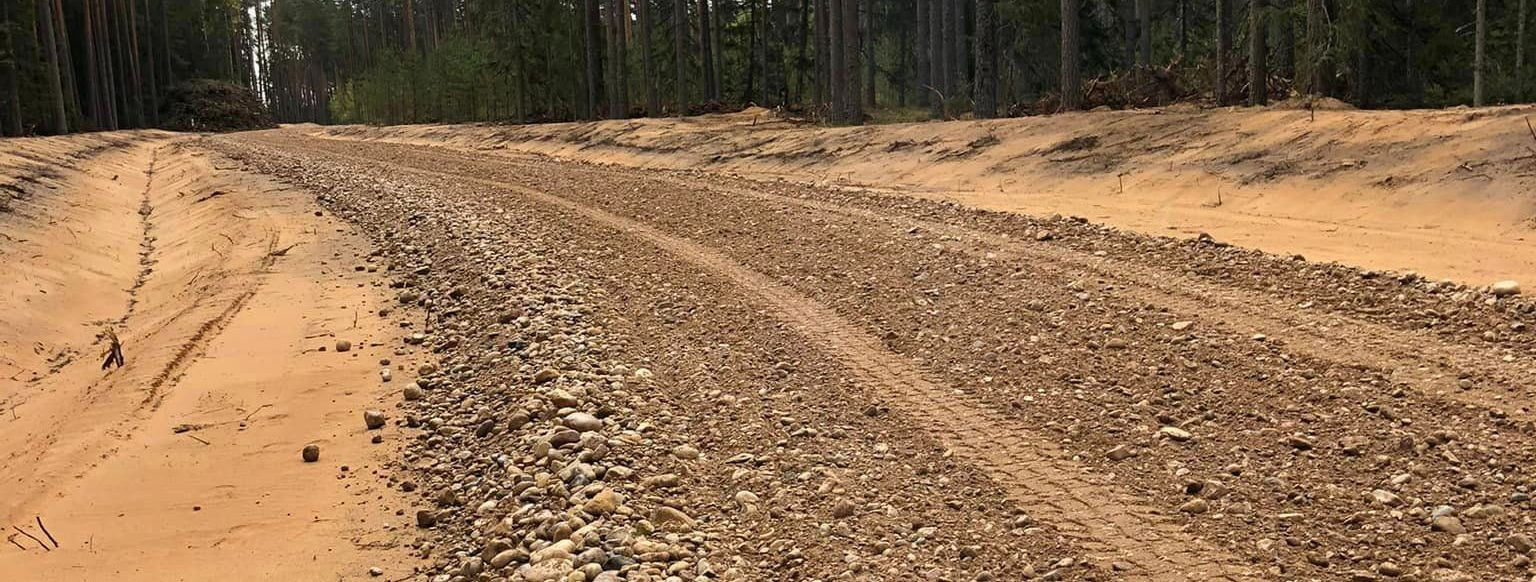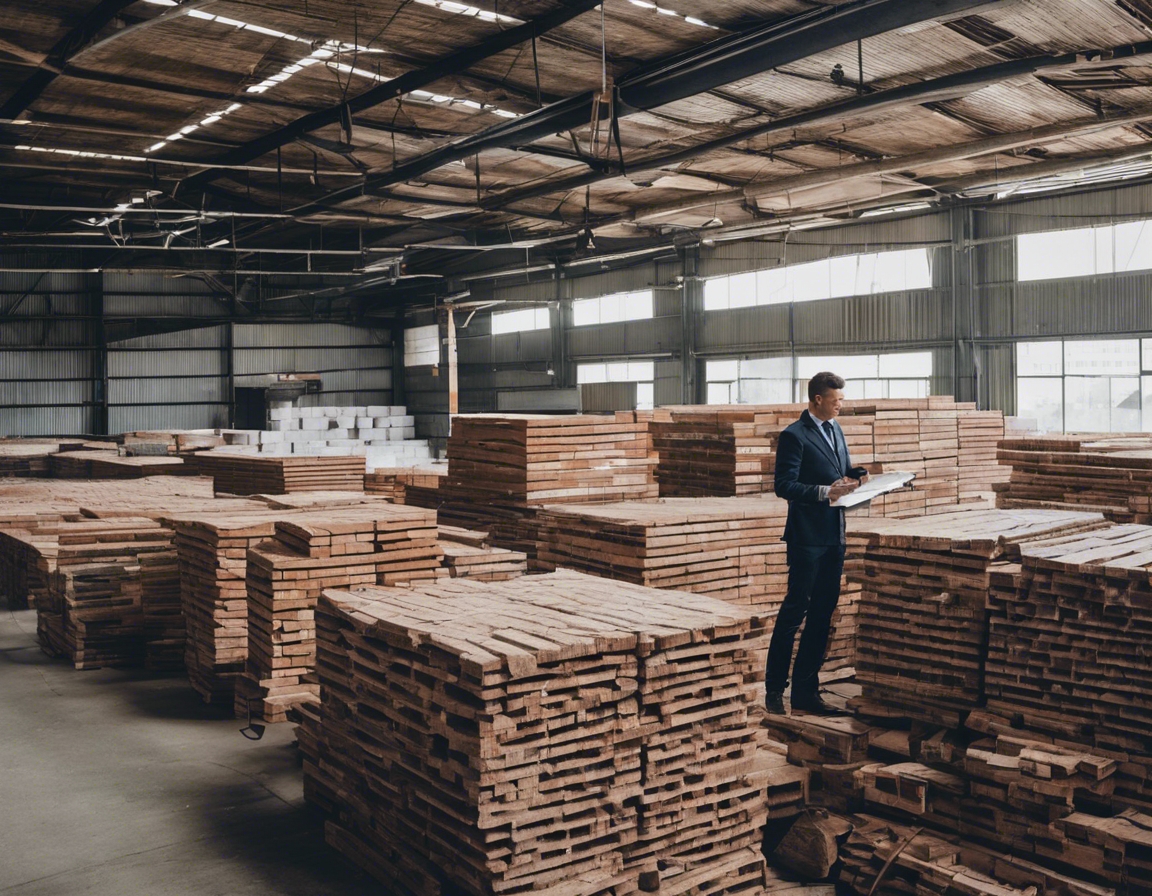5 tips for efficient site preparation and excavation
Site preparation is a critical first step in any construction or landscaping project. It involves clearing the land, grading, and ensuring the site is ready for the subsequent construction phases. Proper site preparation sets the foundation for a successful project, helping to prevent costly delays and ensuring structural integrity.
Excavation is not just about digging holes or trenches; it's a precise operation that requires careful planning and execution. It plays a vital role in shaping the land to the project's specifications, from laying the groundwork for foundations to creating the desired landscape contours.
Tip 1: Conduct Thorough Site Analysis and Planning
Before any excavation begins, it's essential to understand the soil conditions of your site. Soil analysis can reveal the presence of contaminants, water tables, and other factors that may affect the stability and safety of the excavation work.
Accurate surveying and mapping provide a blueprint for the excavation process. This step ensures that all work is carried out in the correct location and to the right depth, avoiding any potential legal or structural issues.
Every site has its unique challenges, from underground utilities to natural obstacles. Identifying these early on can help you plan effectively and avoid disruptions during the excavation phase.
Tip 2: Choose the Right Equipment and Technology
The right machinery can make a significant difference in the efficiency and safety of your excavation project. From backhoes to excavators, choosing equipment that is suited to the size and scope of your project is crucial.
Technological advancements, such as GPS and laser-guided systems, have revolutionized excavation. These tools increase precision and efficiency, reducing the risk of errors and rework.
Tip 3: Implement Sustainable Practices
Adopting sustainable practices is not only good for the environment but can also lead to cost savings. Measures such as soil conservation and proper waste management can help maintain the ecological balance of the site.
Eco-friendly excavation techniques, like hydro excavation, can reduce soil disruption and protect nearby vegetation. These methods are particularly important in sensitive ecological areas.
Tip 4: Ensure Safety Measures are in Place
Construction sites are inherently dangerous, and excavation adds another layer of risk. Comprehensive training and strict safety protocols are essential to protect workers and prevent accidents.
Regular maintenance of excavation equipment is vital for safe operation. Well-maintained machinery is less likely to malfunction, which can lead to delays and safety hazards.
Tip 5: Optimize the Excavation Process
Efficient scheduling and workflow management can streamline the excavation process, ensuring that each phase of the project is completed on time and within budget.
Maintaining high standards of quality control and precision during excavation is essential for the integrity of the project. This attention to detail can prevent issues that might arise later in the construction process.






Comments (0)